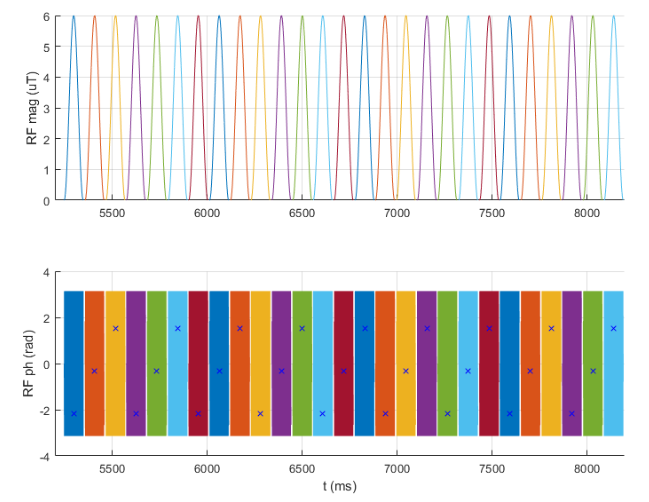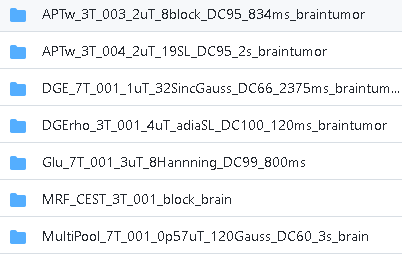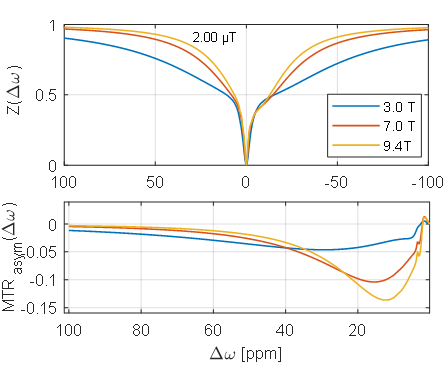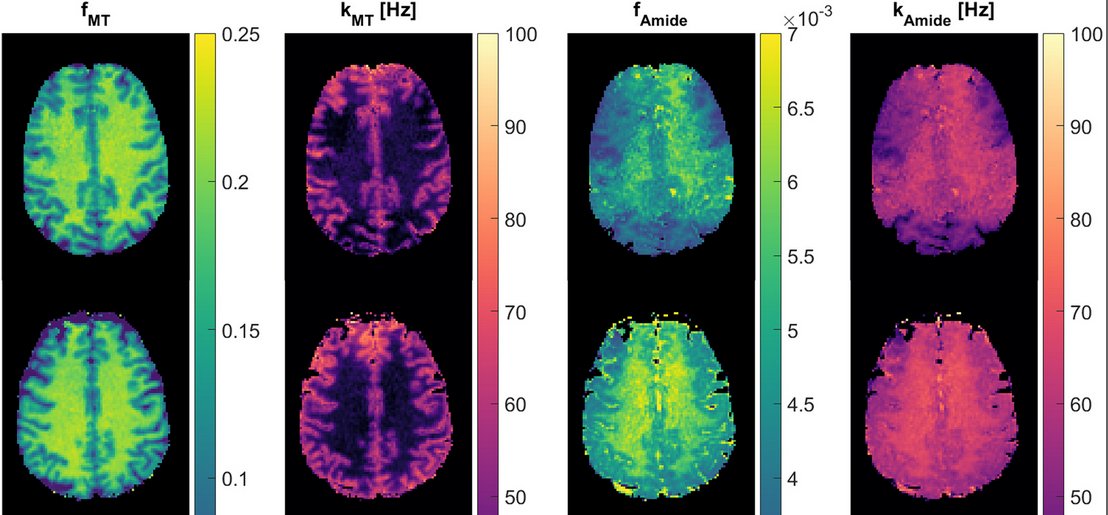The pulseq-CEST standard
Do you know about Pulseq-CEST?
Pulseq-CEST is a CEST RF preparation standard based on Pulseq initiated by AG Zaiss at FAU, UKER and MPI Tübingen. You can learn more about Pulseq-CEST in a video by Kai Herz from the MRI Together 2021:
but also in the original paper https://doi.org/10.1002/mrm.28825
What is pulseq-CEST?
First of all, you can define CEST RF preparations in Pulseq-CEST. The definition is done in the machine and human readable Pulseq standard (https://pulseq.github.io). .
Thus, a CEST preparation is finally completely defined, and not just provided by text in the publication.

You can pull existing author-approved pulseq-CEST .seq files from the github.com/kherz/pulseq-c investigate them, compare them to your approach, and alter them for your purposes. But most importantly you can now actually reproduce them! #APTw #DGE #GluCEST #MultiPool

Moreover, you can simulate these and your own .seq files directly with the builtin Bloch-McConnell simulation in a realistic multi-CEST pool environment. Thus, you can directly compare a novel with an existing CEST sequences in a simulation.
Here for different B0:

(iv) Finally, with a Pulseq interpreter, you can run pulseq-CEST sequences at a real scanner. This includes all saftey and scanner limit checks. Thus, you can go very fast from a new idea to in vivo application. Below CEST-MR fingerprinting in vivo using pulseq-CEST:

